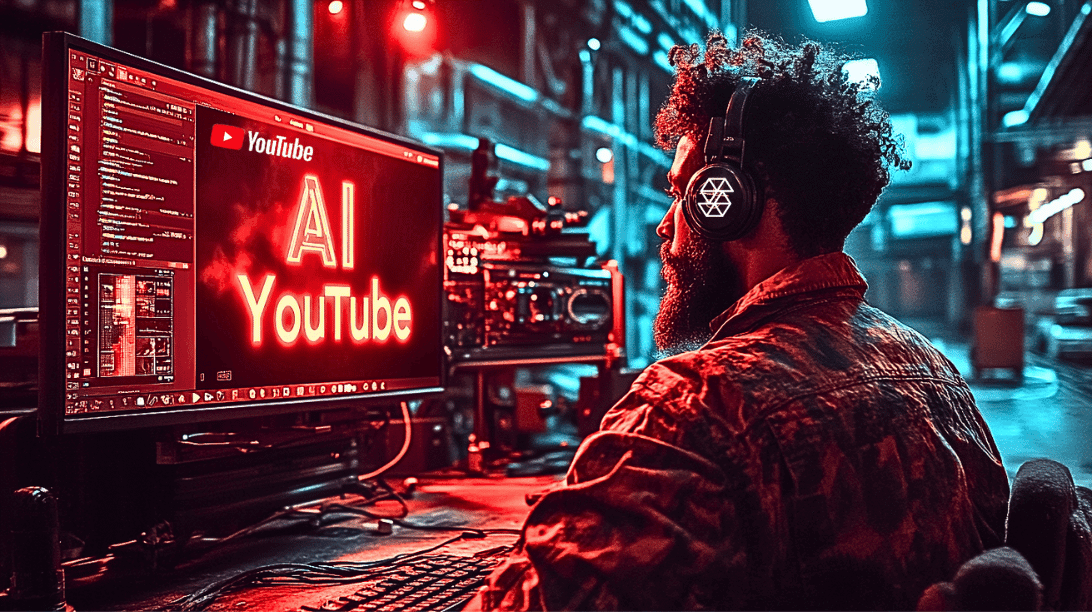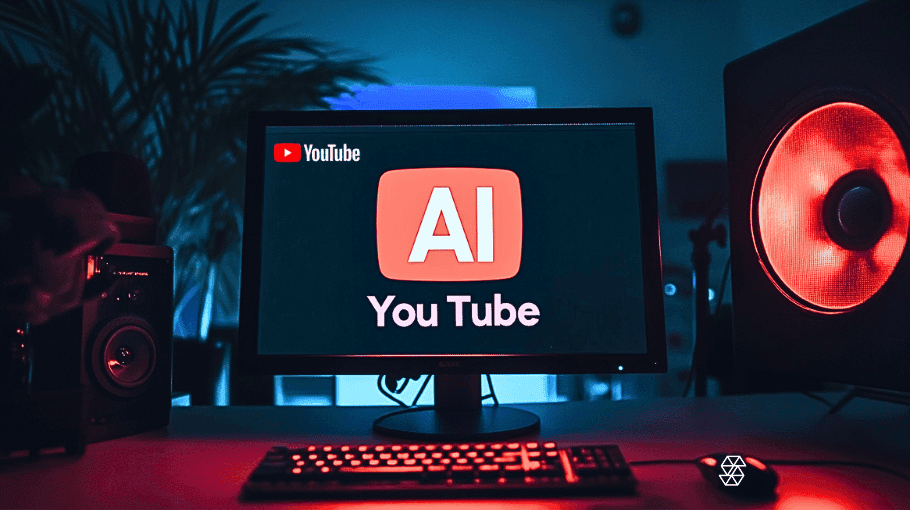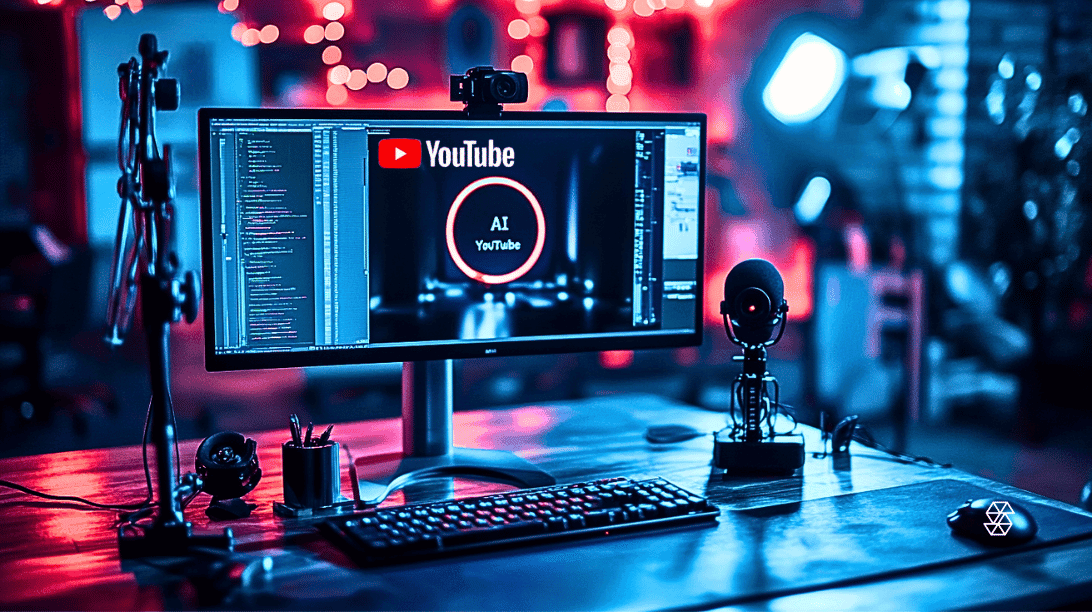Adobe Firefly vs. Midjourney: Which is Better?
Adobe Firefly vs. Midjourney: Which One Should You Use?
Generative AI is rapidly transforming the business landscape and creative workflows, offering innovative ways to create and strategize. This technology is changing how content is generated, leading to more efficient and creative business processes. From enhancing marketing visuals to reshaping product development, Generative artificial intelligence is becoming a crucial tool for businesses seeking to innovate and engage customers effectively.
In this evolving landscape, Adobe Firefly and Midjourney stand out as pioneering tools to generate AI art, images, and other branding materials. Adobe Firefly, part of the Adobe suite, revolutionizes digital creativity, enabling designers to bring imaginative concepts to life with ease and precision. Meanwhile, Midjourney focuses on AI-driven text-to-image creation, offering unique capabilities for visual storytelling and branding. Both tools open new possibilities in business creativity and innovation, catering to the diverse needs of the modern digital world.
Adobe Firefly: Revolutionizing Creative AI
Adobe Firefly represents a major leap forward in the realm of creative AI, distinguished by its unique features and seamless integration with the broader Adobe suite. Its design embodies a deep understanding of the creative workflow, offering tools that are not only powerful but also intuitively aligned with the needs of designers and content creators. This integration with Adobe applications such as Photoshop, Illustrator, and Premiere Pro allows users to enhance their existing workflows with AI-driven efficiency and innovation.
Central to Adobe Firefly is Adobe’s commitment to ethical AI principles. Recognizing the potential challenges and responsibilities associated with AI, Adobe has proactively incorporated transparency, accountability, and user control into Firefly’s framework. This ethical stance ensures that users can trust the tool to respect their creative intent and personal data, fostering a safe and responsible AI-driven creative environment.

Firefly’s Multifaceted Capabilities
Adobe Firefly’s capabilities extend far beyond simple photo editing. It’s a versatile toolset designed to cater to a wide array of digital experiences, from enhancing visual content to creating immersive digital environments. Whether it’s refining images with nuanced adjustments, transforming video atmospheres, or generating entirely new visual elements, Firefly offers a level of control and creativity previously unattainable in the AI space.
Moreover, Adobe’s creator-first approach is evident in every aspect of Firefly. The platform empowers creators with tools that enhance their creative vision rather than replace it. By automating routine tasks and offering sophisticated AI-driven options, Firefly allows creators to focus more on the creative aspects of their projects. This approach not only elevates the quality of the final output but also enriches the creative experience, making Firefly a valuable ally for designers and content creators in a highly competitive digital landscape.

Deep Dive into Firefly’s Diverse Models
Adobe Firefly’s suite, comprising the Firefly Image 2, Vector, and Design Models, showcases diverse AI-driven capabilities that enhance creativity and design efficiency.
Firefly Image 2 Model: revolutionizes image editing with AI. It offers precise control, allowing for detailed image manipulation and enhancement that aligns with the creator’s vision. This model is particularly adept at refining textures, adjusting lighting, and adding new elements to images, making it a powerful tool for high-quality visual creation.
Firefly Vector Model: transforms vector graphic creation. It simplifies the design process with AI-powered tools, enabling quick generation and customization of vector elements. Notably, its editable vector gradients feature offers unprecedented flexibility, making it a boon for designers in branding and digital art.
Firefly Design Model: streamlines template creation for digital marketing and social media. Its Text-to-Template feature within Adobe Express efficiently turns text descriptions into visually engaging templates. This model accelerates content creation, producing customizable, professional-quality designs with ease.
Together, these models embody Adobe’s vision for AI in design, combining innovation and user-centricity to empower designers with enhanced creativity and efficiency.
What is Midjourney?
Midjourney has emerged as a remarkable AI text-to-image generator, distinguishing itself in the rapidly evolving field of AI image generators. Known for its ability to transform text prompts into strikingly realistic images, it stands alongside well-known names like DALL-E and Stable Diffusion.

At the core of Midjourney’s appeal is its capability to create high-quality images from simple text descriptions, all through the easily accessible Discord chat app. This feature eliminates the need for specialized hardware, making advanced AI-driven image generation available to a broader audience.
What sets Midjourney apart is not just its technological prowess but also its unique market position. Unlike many of its contemporaries, Midjourney is a self-funded and independent project. This aspect is particularly noteworthy considering the tool’s ability to compete with other AI giants backed by significant funding.
The technology underpinning the AI art generator involves a combination of large language models and diffusion models. This approach allows the AI to interpret textual prompts and convert them into visual imagery. The process involves transforming numerical vectors derived from the text into detailed images, showcasing the AI’s capability to render complex and imaginative scenes.
Core Strengths of Midjourney
Midjourney stands out in the creative AI landscape with its focus on advanced AI-driven art generation. It offers a distinct approach, centered around the creation of visually stunning and artistically rich images. Utilizing sophisticated algorithms, Midjourney excels in crafting artworks that resonate with emotional depth and aesthetic appeal, often blurring the lines between human and machine-generated art.

What sets Midjourney apart is its ability to interpret and transform abstract concepts into vivid visual representations. This capability allows artists and designers to explore new creative horizons, pushing the boundaries of traditional art and design. Midjourney’s strength lies in its versatility, catering to a wide array of styles and themes, making it a versatile tool for creative experimentation.
Midjourney in the Business Context
In the business realm, Midjourney offers innovative solutions that go beyond conventional design approaches. Companies can leverage Midjourney’s AI art generation for unique branding, marketing, and product design strategies. Its ability to produce original and captivating visuals makes it an ideal tool for creating standout marketing materials, engaging social media content, and innovative product designs.

Moreover, Midjourney’s AI-driven creativity can be a game-changer in storytelling and advertising, helping brands craft narratives that are visually compelling and emotionally engaging. Its capacity to generate bespoke images tailored to specific themes and moods can enhance the impact of marketing campaigns, making them more memorable and effective.
Midjourney’s role in business is not just about creating art; it’s about offering a new dimension of visual storytelling and branding that can captivate audiences and differentiate companies in a crowded marketplace.
Comparative Analysis: Firefly vs. Midjourney

When it comes to comparing Adobe Firefly and Midjourney, we delve into a fascinating study of two distinct AI-driven tools, each with its unique strengths and areas for improvement. Firefly, Adobe’s foray into generative AI, is seamlessly integrated into its robust suite of creative applications, offering a diverse range of features from image editing to vector graphics creation. This integration not only enhances the utility of Adobe’s existing tools but also empowers designers with AI-driven efficiency and creativity.
In contrast, Midjourney focuses solely on AI-driven art generation. Its strength lies in its ability to transform text prompts into visually stunning and artistically rich images. Operating through Discord, Midjourney is easily accessible and offers a unique approach to image creation, though it requires a subscription for usage.
From a business applicability standpoint, Firefly’s strengths lie in its versatility and integration with Adobe’s suite, making it a powerful tool for professional designers and enterprises requiring a wide array of design solutions. Midjourney, on the other hand, shines in creating unique, high-quality images that can enhance branding and marketing materials, making it ideal for businesses looking for visually captivating content.
While Firefly offers a more comprehensive set of tools for various design needs, Midjourney’s specialization in image generation with its distinct style might appeal to businesses seeking innovative visual content. Both tools, however, require a learning curve and investment in terms of subscription or software acquisition.
Future Outlook and Developments
Looking towards the future, both Adobe Firefly and Midjourney are poised to make significant impacts in the AI field. Firefly’s continuous integration with Adobe’s expanding suite suggests a future where AI becomes an even more seamless part of the creative process, potentially offering new features that further blur the lines between AI-generated and human-crafted designs.
Midjourney, meanwhile, represents the evolving landscape of AI in art creation. As the tool develops, we can anticipate enhancements in image quality, diversity in styles, and possibly even more intuitive user interfaces that could broaden its appeal beyond the current user base.
Both tools signify an exciting era in AI development, with each pushing the boundaries in their respective domains. For businesses and creative professionals, the evolution of these tools will undoubtedly open new doors for creative expression, efficiency, and innovation in the digital world.

Navigating Adobe Firefly and Midjourney
In the evolving landscape of digital design and creativity, tools like Adobe Firefly and Midjourney represent more than just technological advancements; they are harbingers of a new era in which AI-driven design is becoming increasingly central to business strategy and creative expression. The comparative analysis of these tools underscores the importance of understanding and leveraging their unique strengths to enhance business outcomes and creative endeavors.
Adobe Firefly, with its deep integration into Adobe’s suite of tools, offers a comprehensive solution for businesses seeking a versatile, professional-grade design tool. Its ability to streamline workflows and enhance creative processes makes it a valuable asset for enterprises looking to maintain a competitive edge in design quality and efficiency.
Midjourney, on the other hand, stands out for its specialization in generating visually captivating images from textual prompts. This tool opens up new possibilities for businesses to create unique and engaging visual content, an essential component in today’s digital marketing landscape.
The key takeaway for C-suite executives and business leaders is the need to proactively adopt and integrate these AI-driven tools into their strategies. Doing so can unlock new creative potentials, improve operational efficiencies, and keep pace with the rapid changes in the digital world. As AI continues to evolve and reshape the design landscape, businesses that embrace these innovations can expect to stay at the forefront of their industries, offering compelling and innovative solutions to their clients and audiences.
As we navigate this AI-driven design frontier, the real value lies in understanding and harnessing the power of tools like Firefly and Midjourney. By embracing these advancements, businesses can not only keep up with the technological curve but also drive forward a new era of creativity and innovation.






